
Cromlech of M’zora
In the heart of northern Morocco, nestled amongst rolling hills and vibrant villages, lies a forgotten giant – Mzora. This isn't your average towering skyscraper, but a magnificent stone circle, a silent sentinel whispering secrets from a bygone era.
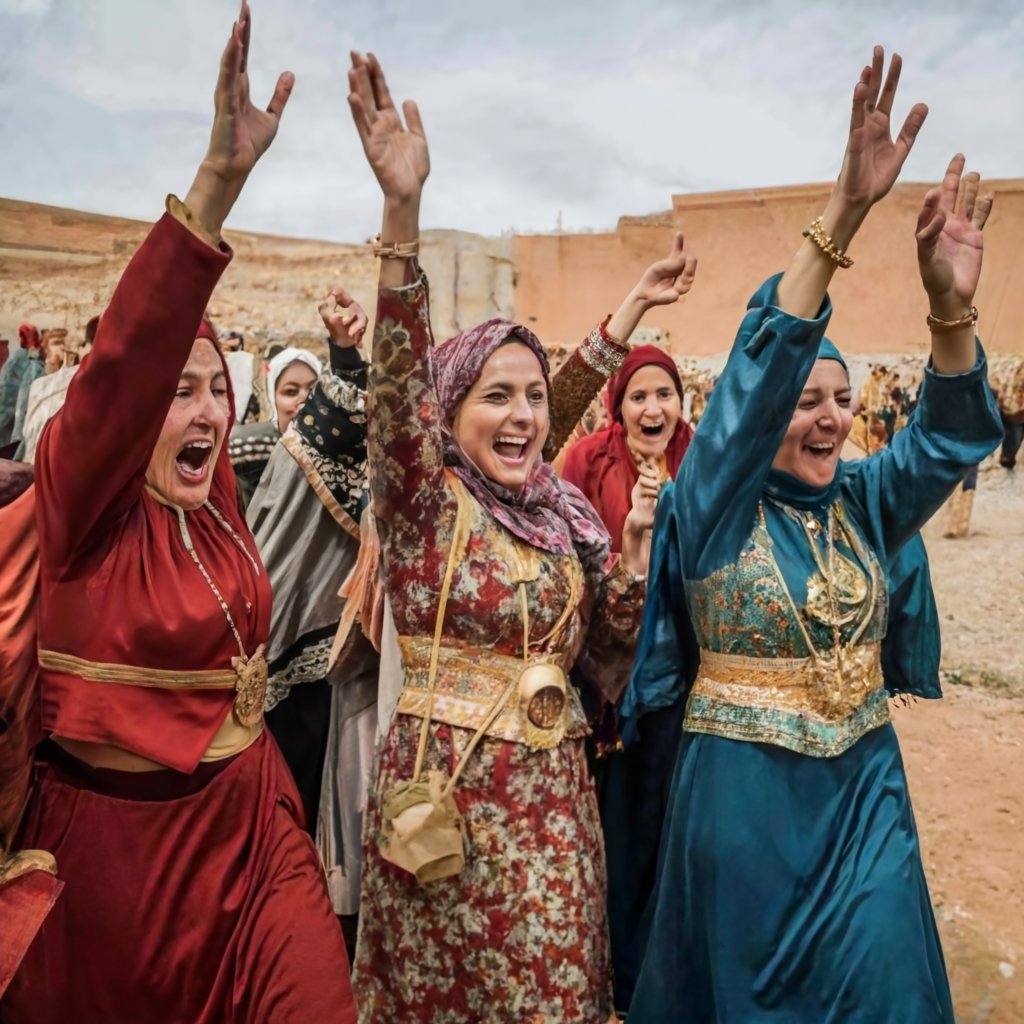
Yennayer: the Berber New Year
As the Gregorian calendar turns another page, a different rhythm of celebration stirs in Morocco. On January 12th (or 14th, depending on the region), Berber communities across the country usher in the new year with Yennayer, a tradition rooted in ancient agricultural cycles and Berber identity.
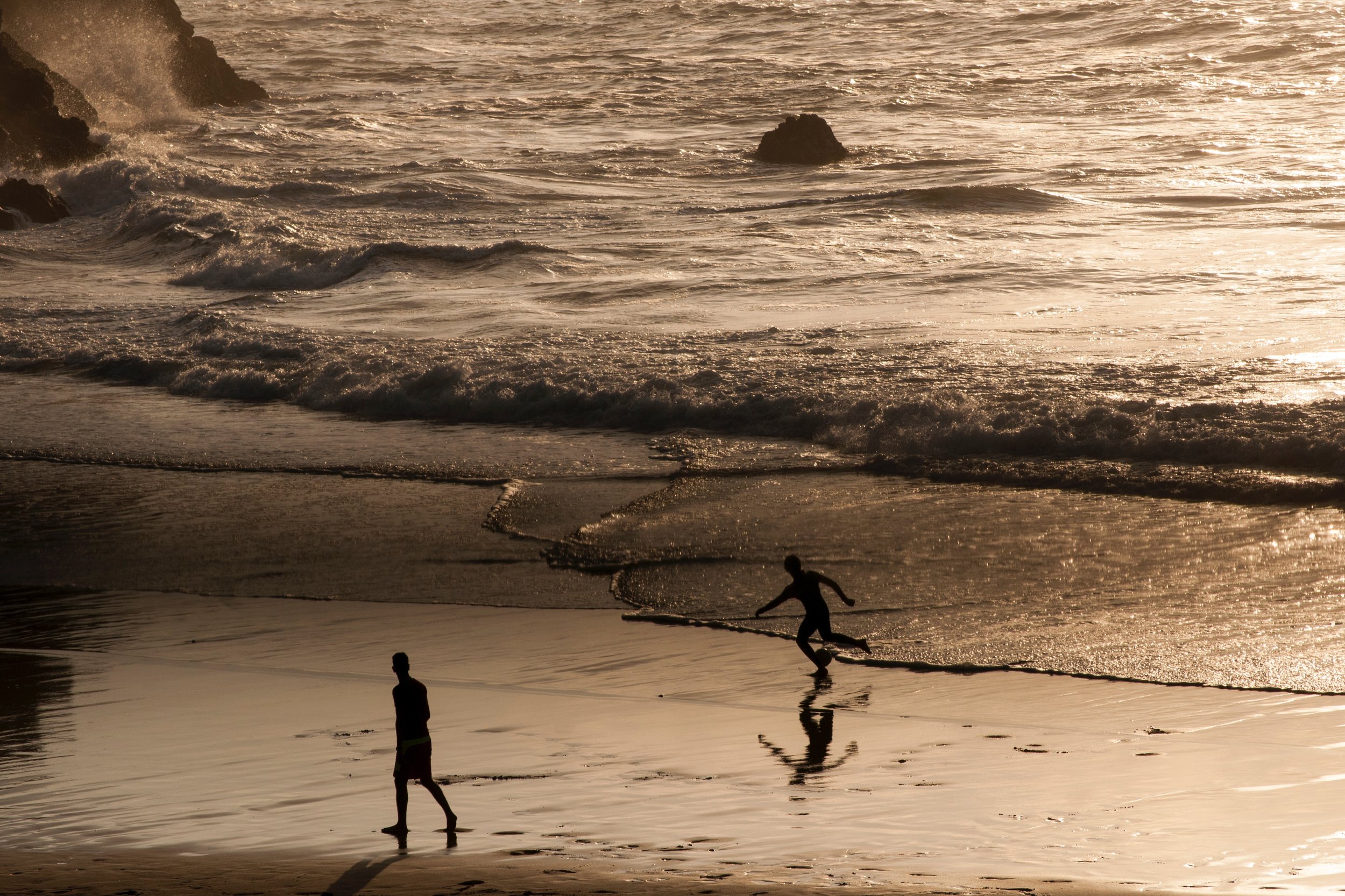
Tiznit, the silver city
Sun-bleached ramparts encircling a vibrant tapestry of artisans' workshops—that's Tiznit, the "Silver City," nestled amidst Morocco's southern plains. Forget bustling Marrakech; Tiznit's charm lies in its serene pace whispered tales of Berber resilience, and streets shimmering with the glint of handcrafted silver.
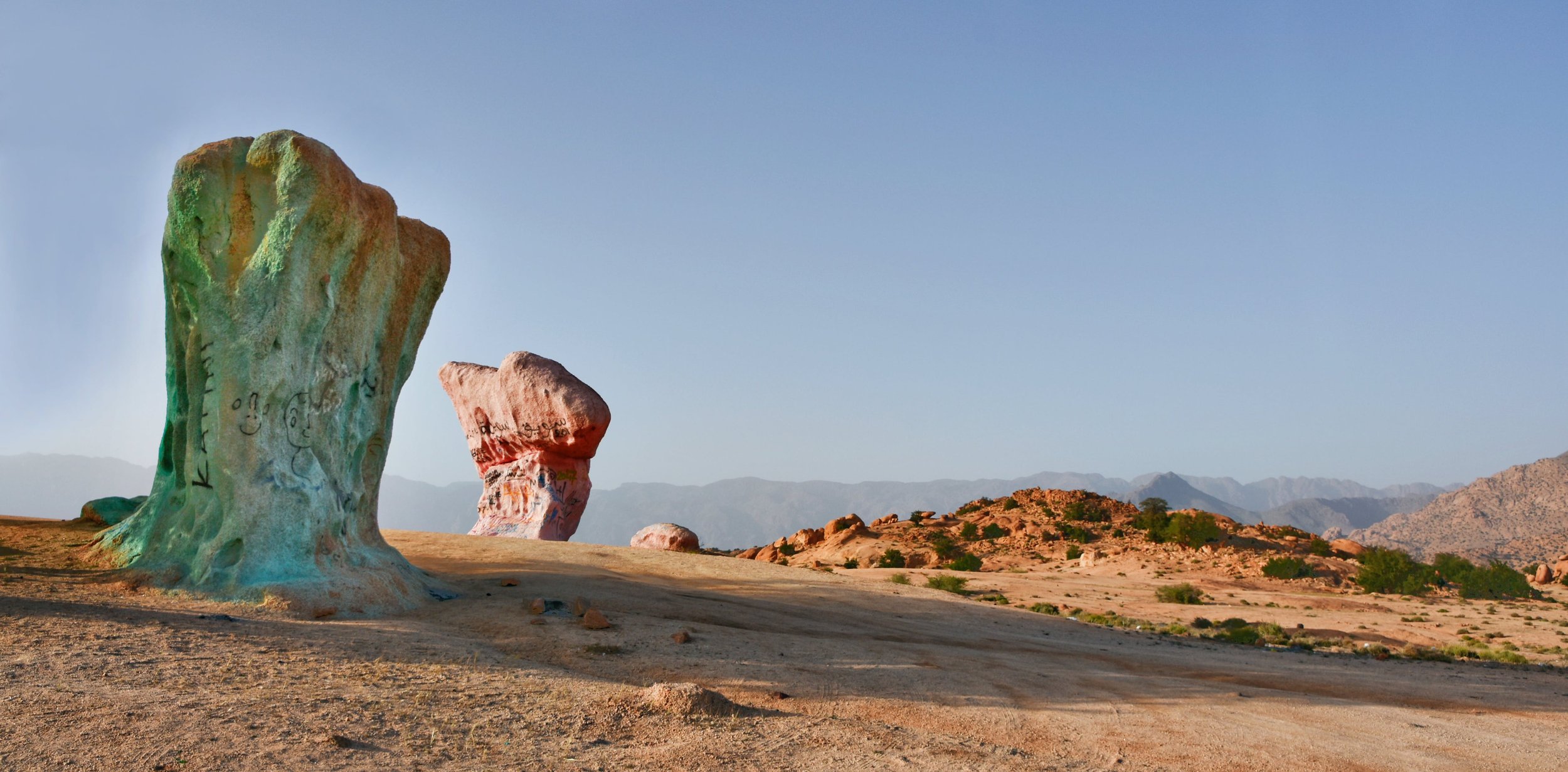
Tafraoute: where desert oasis meets mountain haven
Nestled amidst the rugged peaks of Morocco's Anti-Atlas Mountains, Tafraoute is a village that defies expectations. Imagine verdant palm groves swaying in the desert breeze, ochre cliffs casting dramatic shadows over sun-baked houses, and ancient Berber traditions mingling with a laid-back, bohemian vibe. This is Tafraoute, a hidden gem where time seems to have slowed its relentless march.
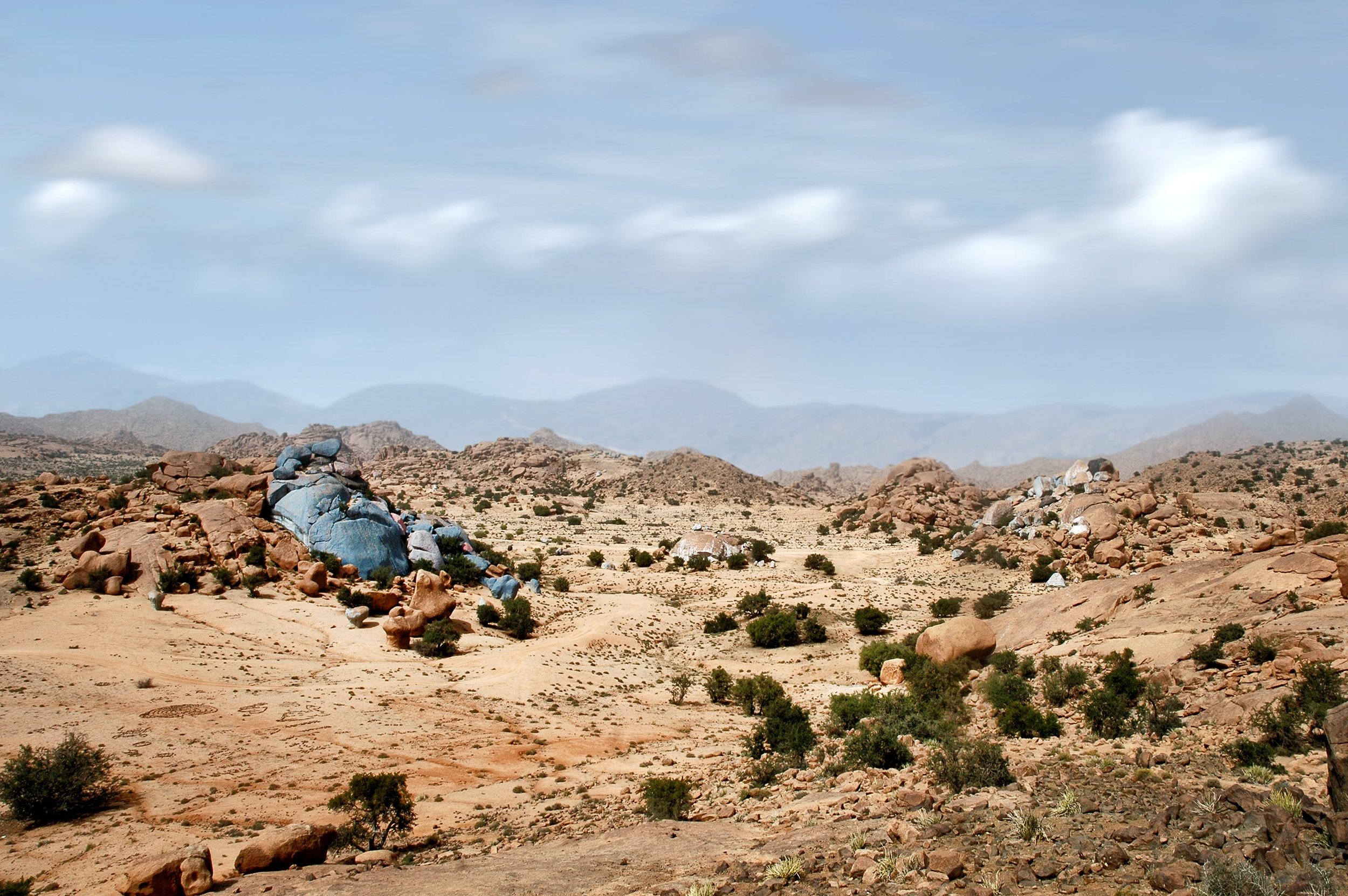
Anti-Atlas Mountains: where time carved stone and history
While their grander neighbours, the High Atlas Moutains, steal the spotlight with snow-capped peaks and dramatic gorges, the Anti-Atlas Mountains of Morocco whisper a different kind of allure. This ancient range, stretching southwest from Agadir towards the Sahara, is a land etched by time, wind, and the rich tapestry of Berber culture.
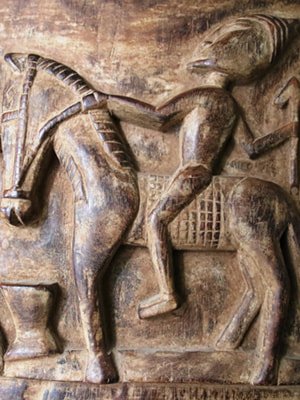
Musee Bert Flint
Marrakech's medina overflows with vibrant trinkets and spices, but nestled within its labyrinthine alleys lies a treasure trove of a different kind: Musee Bert Flint formerly known as Musee Tiskiwin. Forget gilded palaces and curated displays; this intimate space, housed in a traditional riad, whispers tales of Berber nomads and desert winds.
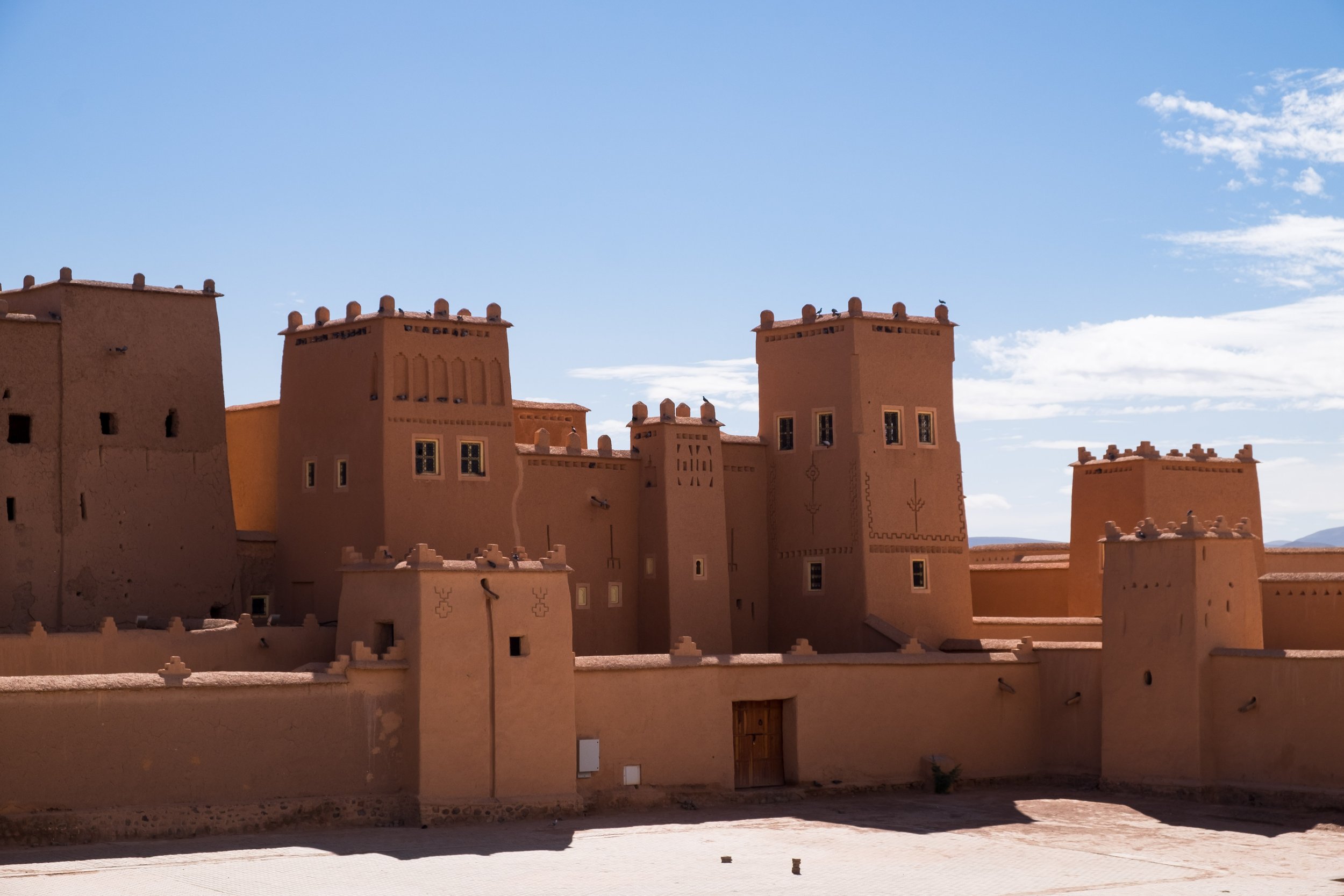
Ouarzazate
Nestled amidst the rugged Atlas Mountains, it's a living tapestry woven from ancient Berber traditions, Saadian dynasty grandeur, and cinematic magic. Forget the bustling medinas of Marrakech; Ouarzazate's charm lies in its sun-baked kasbahs, silent sentinels whispering tales of caravans and desert winds.
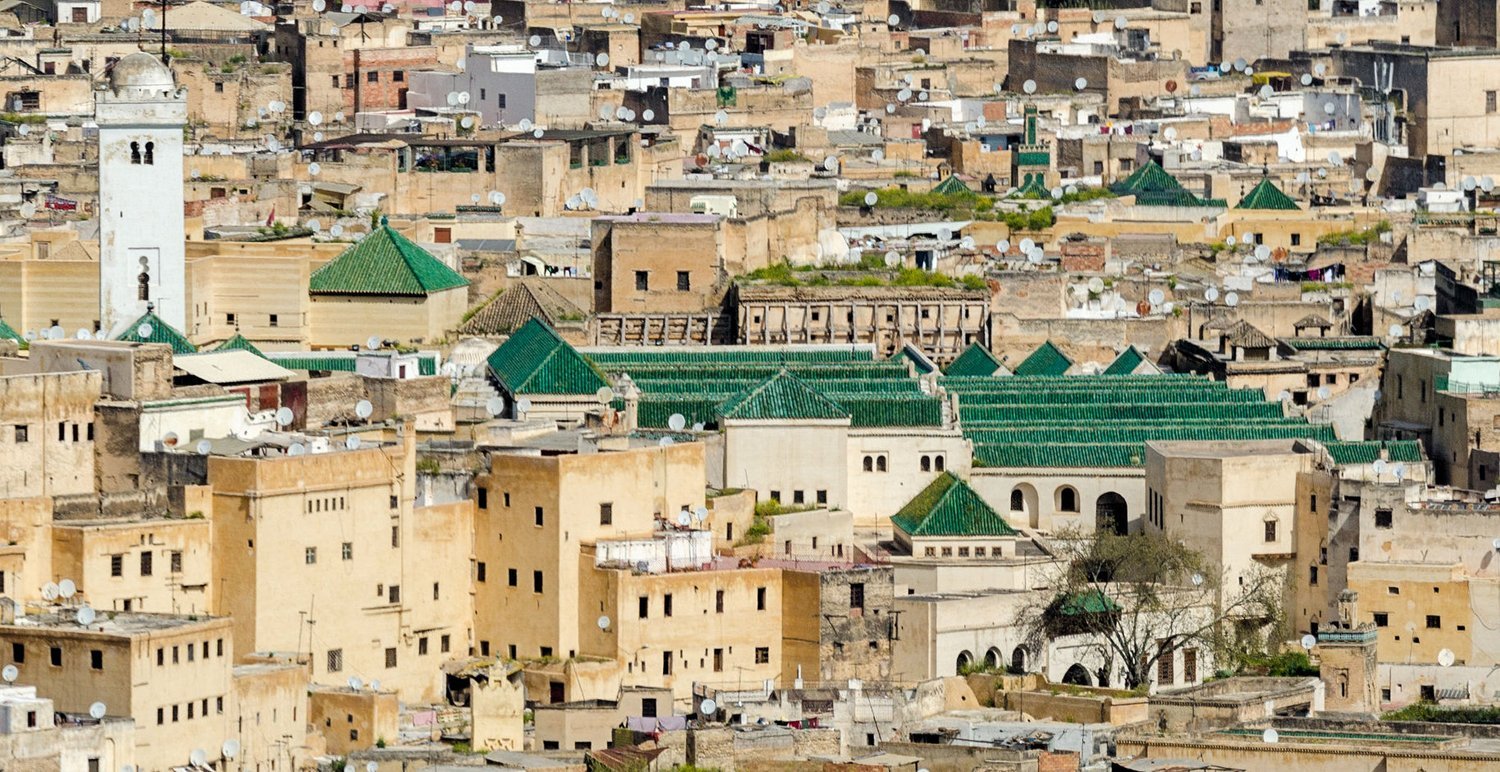
UNESCO heritage sites in Morocco
First of all, what is a UNESCO heritage site? A UNESCO World Heritage Site is a globally recognized landmark of outstanding cultural or natural significance, protected for future generations. Think Great Wall of China or Galápagos Islands – places showcasing our planet's wonders and stories.

Who built Ait Benhaddou
Ait Benhaddou, Morocco's iconic fortified village, rises dramatically from the Ouarzazate desert, its earthen walls and towering kasbahs whispering tales of centuries past. But who built this architectural marvel? While the answer isn't as simple as pointing to a single name, delving into its history reveals layers of human resilience and adaptation.
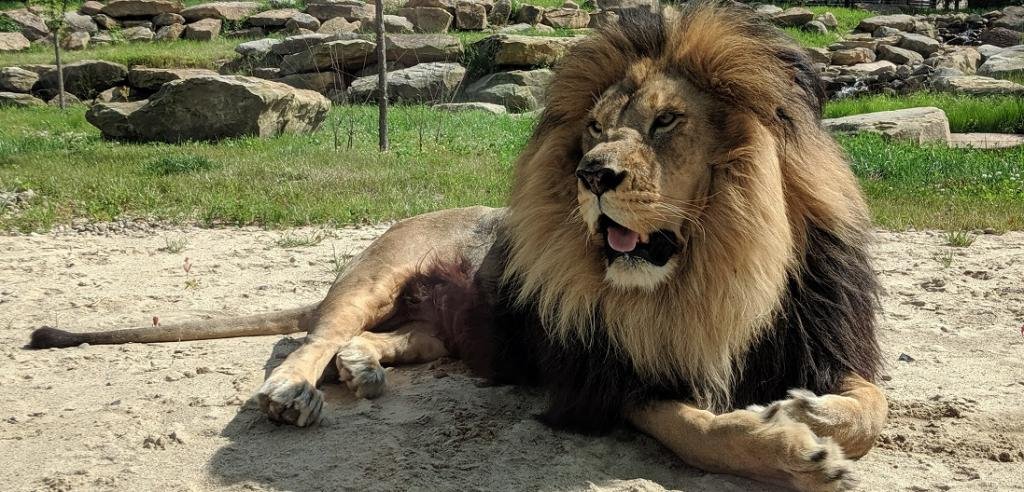
From brink to hope in the Atlas lions' rehabilitation
The Atlas lion, once a majestic ruler of North African landscapes, walked a tightrope towards extinction in the 20th century. Habitat loss, hunting, and human conflict had reduced their numbers to a mere handful. But from the ashes of near-disappearance rises a story of hope, determination, and the powerful bond between humans and wildlife. This is the story of Atlas lion rehabilitation, a chapter still being written but already echoing with the promise of a restored roar.
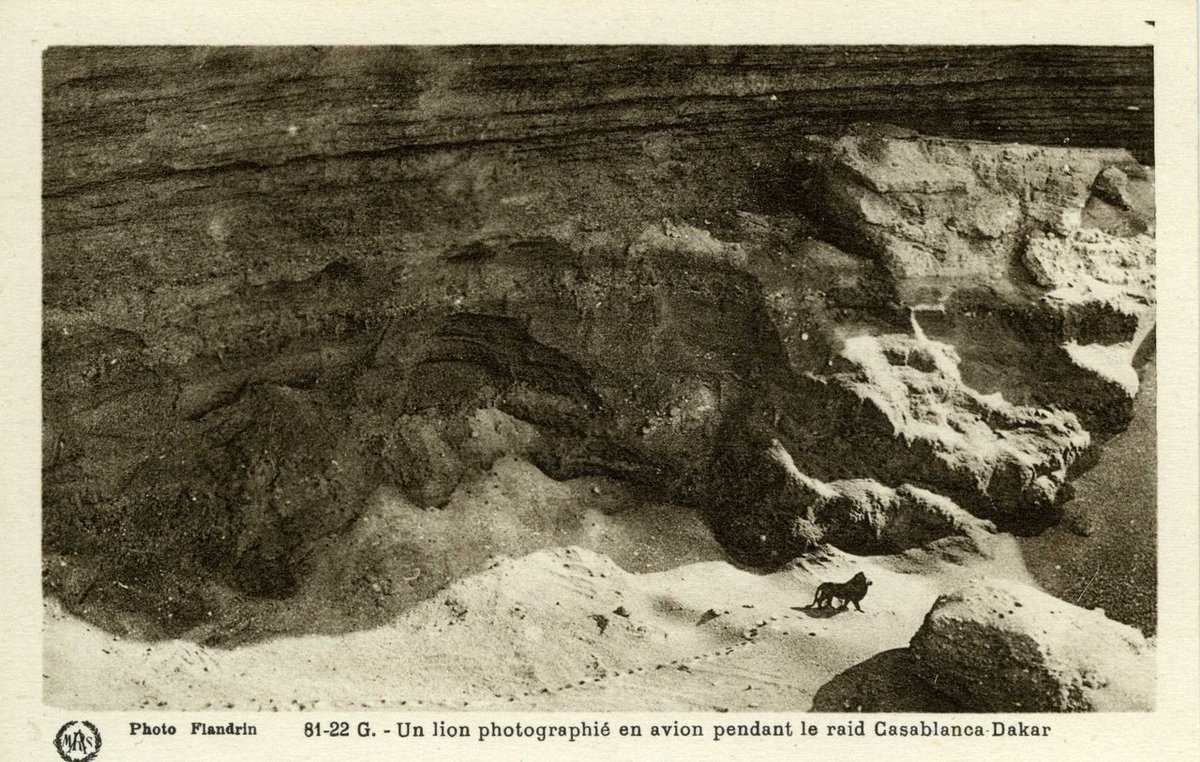
The Atlas Lion: a roaring chapter in North African history
Once a majestic ruler of the North African landscape, the Atlas lion (also known as the Barbary lion) now exists only in echoes and remnants. This blog post delves into the historical and cultural significance of this magnificent predator, its tragic demise, and the ongoing efforts to preserve its legacy.
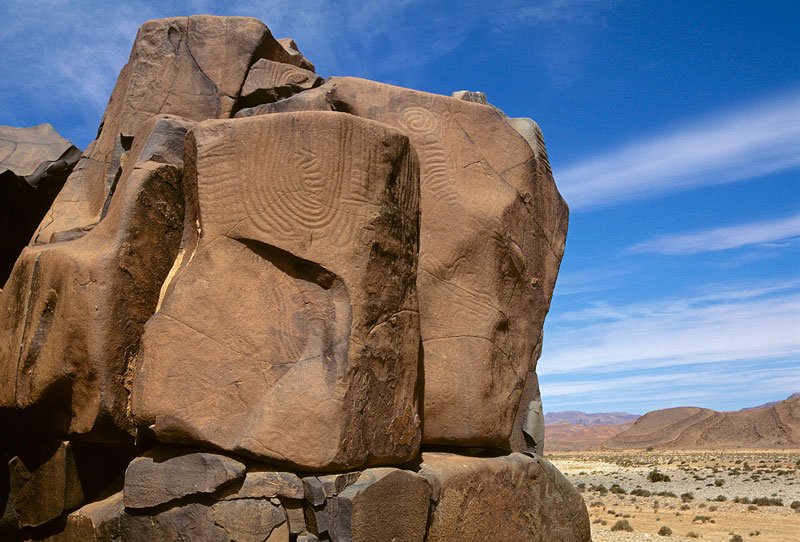
Exploring Morocco's enigmatic rock art
In the almost infinite expanse of Morocco, under the azure desert sky, whispers of forgotten stories echo from weathered rock faces. Carved thousands of years ago, intricate petroglyphs and enigmatic paintings offer a glimpse into the lives and beliefs of ancient peoples who roamed these lands.

Decoding the sands: Tifinagh and its secrets
Across the golden dunes of the Sahara, whispers of ancient stories are etched in a unique script: Tifinagh. More than just letters, it's a window into the rich history and vibrant culture of the Berber people, a testament to their enduring presence in North Africa.

Berber languages
Across the sun-baked plains and rugged mountains of North Africa, a mesmerizing tapestry of sounds weaves a tale of ancient heritage and cultural endurance. These are the Berber languages, remnants of a linguistic lineage that stretches back millennia, offering a window into the vibrant tapestry of Berber identity.
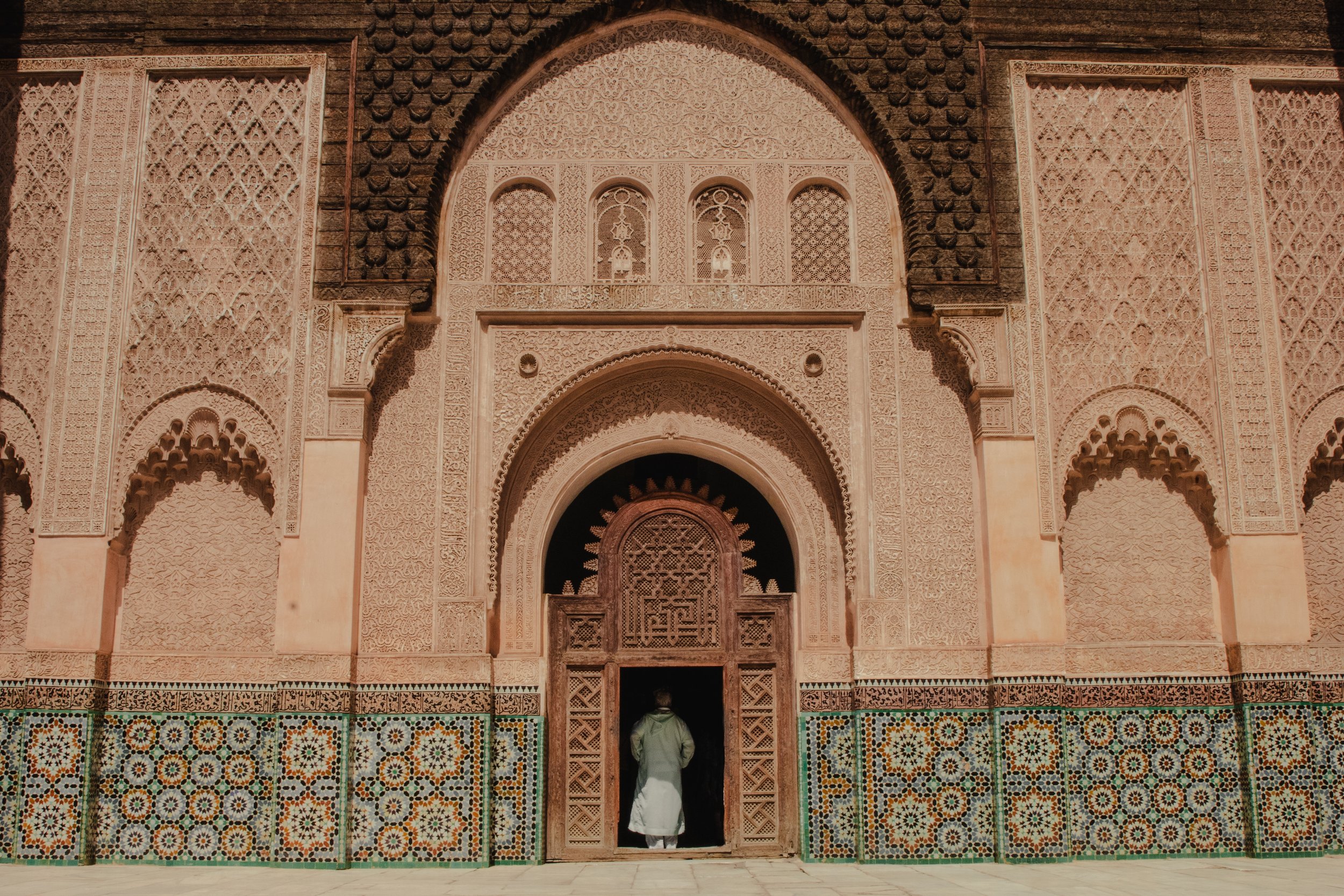
Morocco: where cultures converge and colors collide
Morocco, perched at the crossroads of Africa, Europe, and the Middle East, pulsates with a vibrancy that reflects its rich and diverse heritage. Layers of history, woven by Berber, Arab, Andalusian, and African influences, have yielded a tapestry of traditions, languages, and customs as unique as they are captivating.
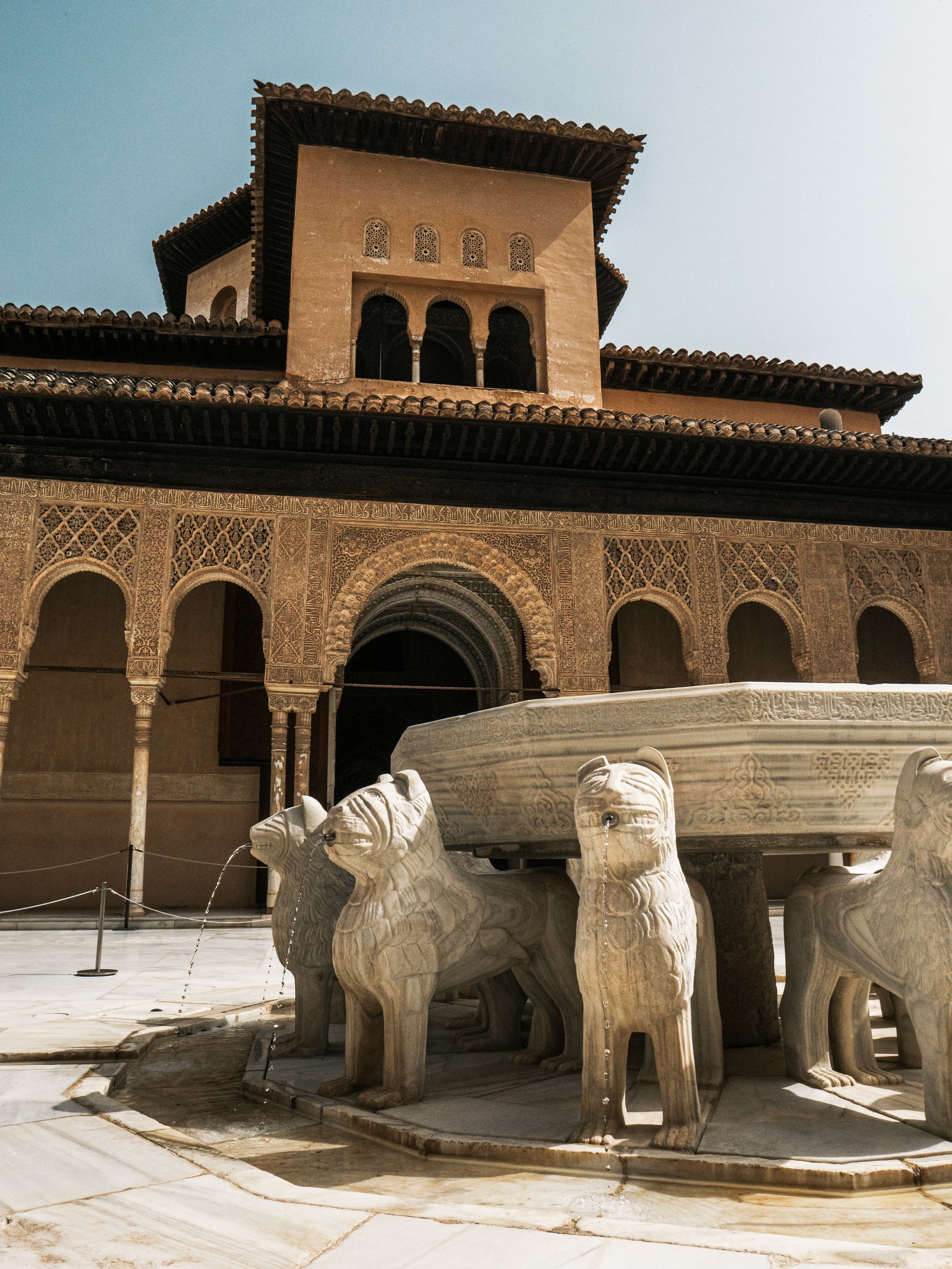
El Andalus: where East met West in medieval splendor
Spain's southern region of Andalusia whispers a forgotten tale of cultural fusion and intellectual brilliance. From the 8th to the 15th centuries, this land bloomed as El Andalus, a Muslim-ruled territory where Islamic and Christian worlds intricately intertwined, leaving behind a legacy that resonates to this day.

Forgotten female sultans who defied destiny
Morocco, steeped in a rich tapestry of history and tradition, holds within its folds the captivating stories of remarkable women who shattered societal expectations and defied the tides of time. While narratives often focus on male monarchs, a fascinating chapter lies hidden in the shadows - the reigns of Morocco's forgotten female sultans.
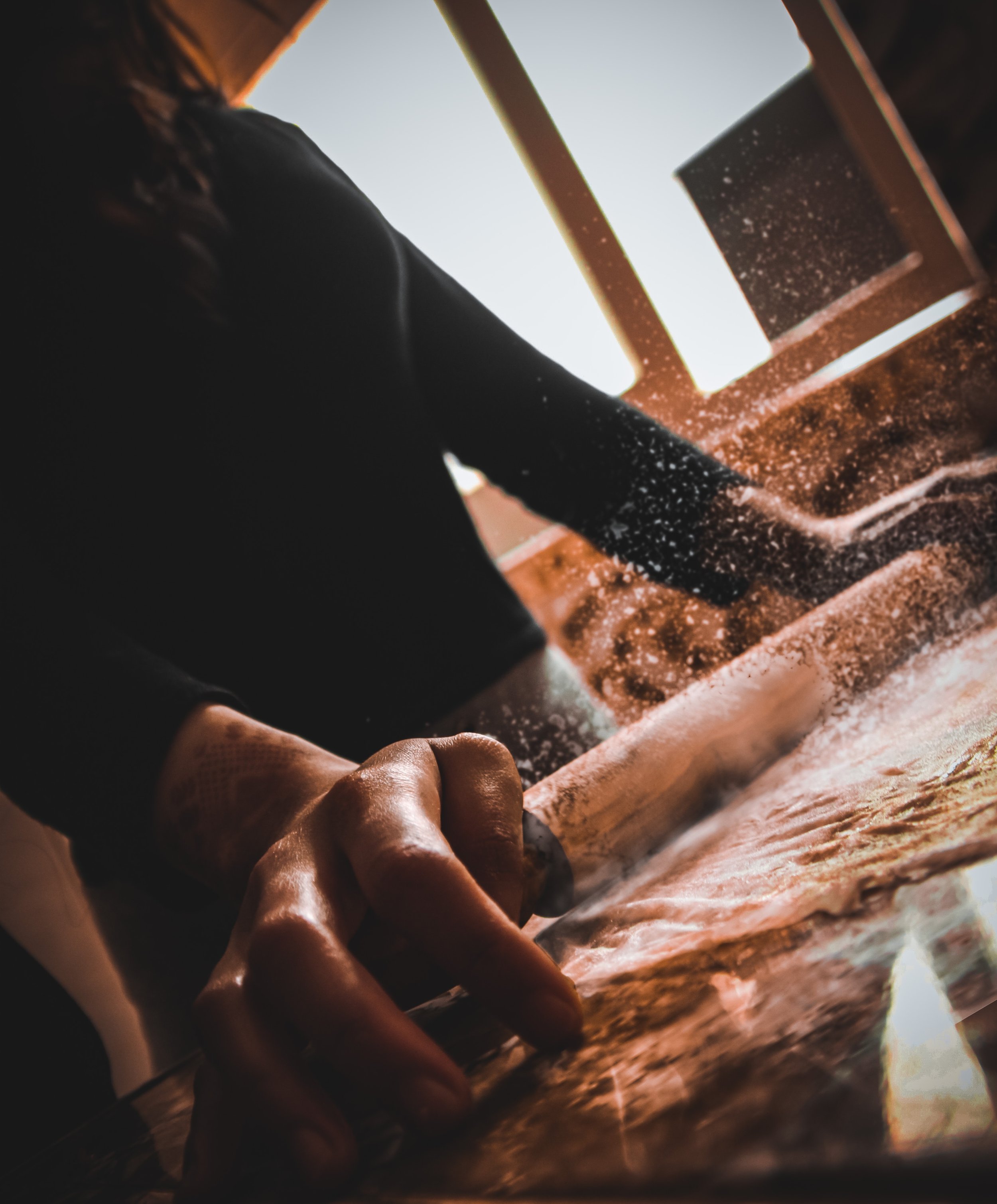
Moroccan breads
Moroccan cuisine is a vibrant tapestry, and its threads are often woven from flour and water. Bread plays a starring role, not just as sustenance but as a cultural centerpiece with a rich history and diverse personalities. Let's knead our way through some of the most beloved Moroccan breads:
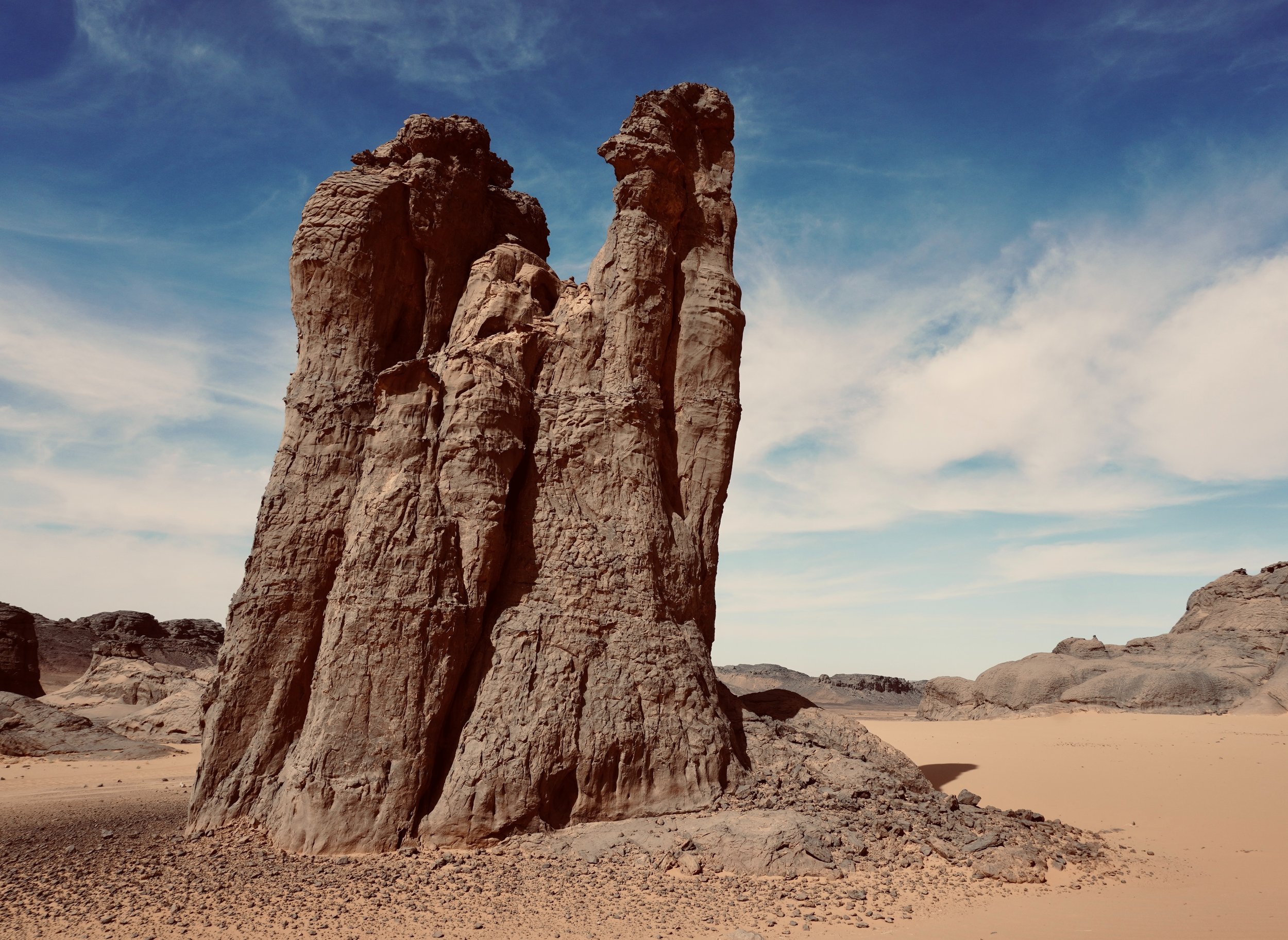
The Sahara, beyond Morocco
The Sahara, Earth's largest hot desert, isn't just sand dunes stretching to infinity. It's a living tapestry woven from the cultures and histories of ten different countries: Algeria, Chad, Egypt, Libya, Mali, Mauritania, Morocco, Niger, Western Sahara, and Tunisia. Each thread adds its own unique color, shaping a rich and diverse desert tapestry.

Buying spices in Morocco
Morocco's vibrant kitchens whisper tales not just of sizzling flavors but also of ancient trade routes and Berber ingenuity. Spices, the soul of Moroccan cuisine, aren't just ingredients; they're cultural ambassadors, each pinch carrying a story waiting to be savored. So, pack your empty jars and open your senses, because here's your guide to must-buy Moroccan spices:

